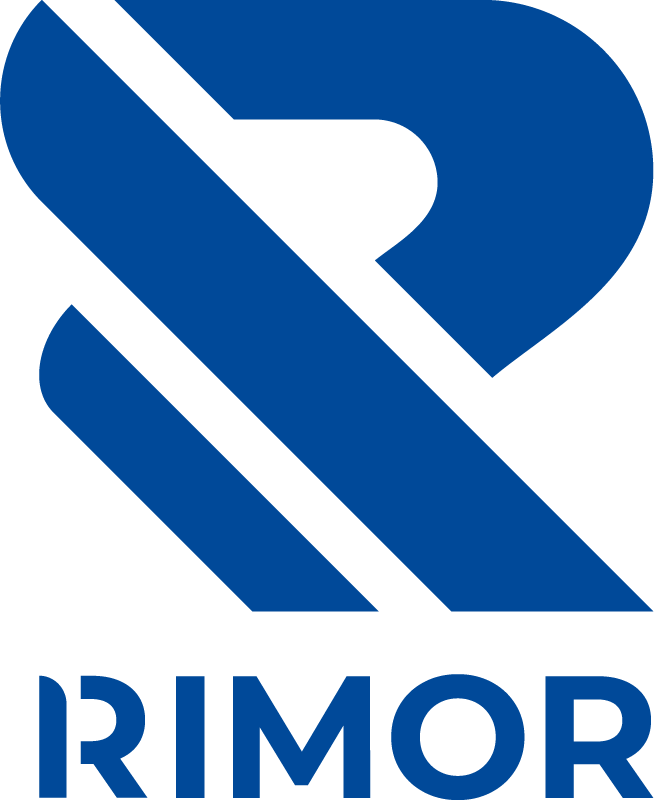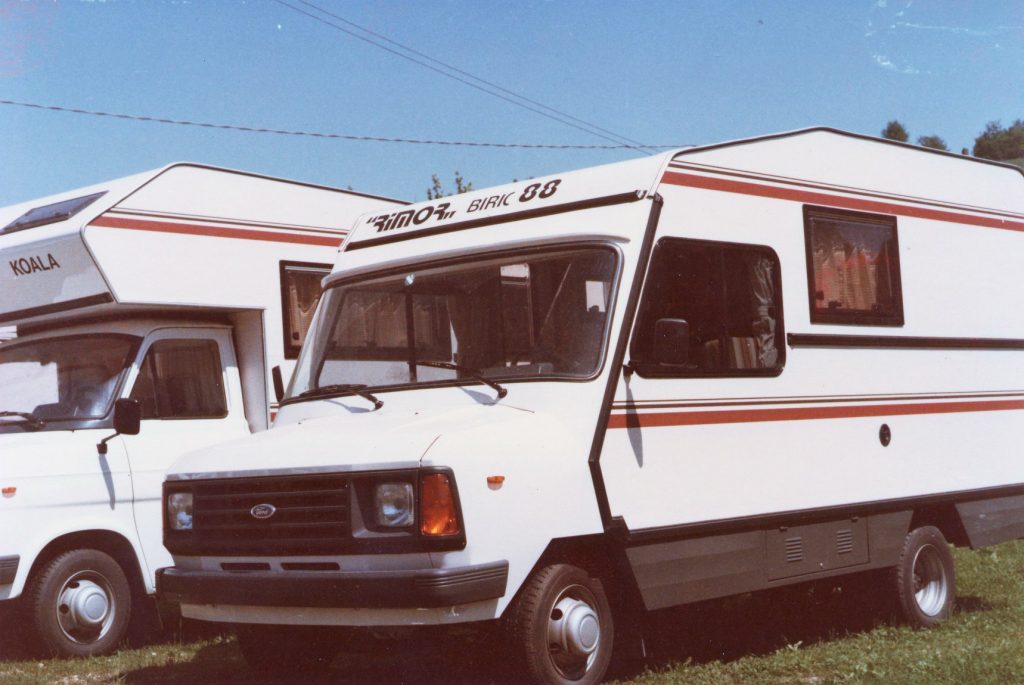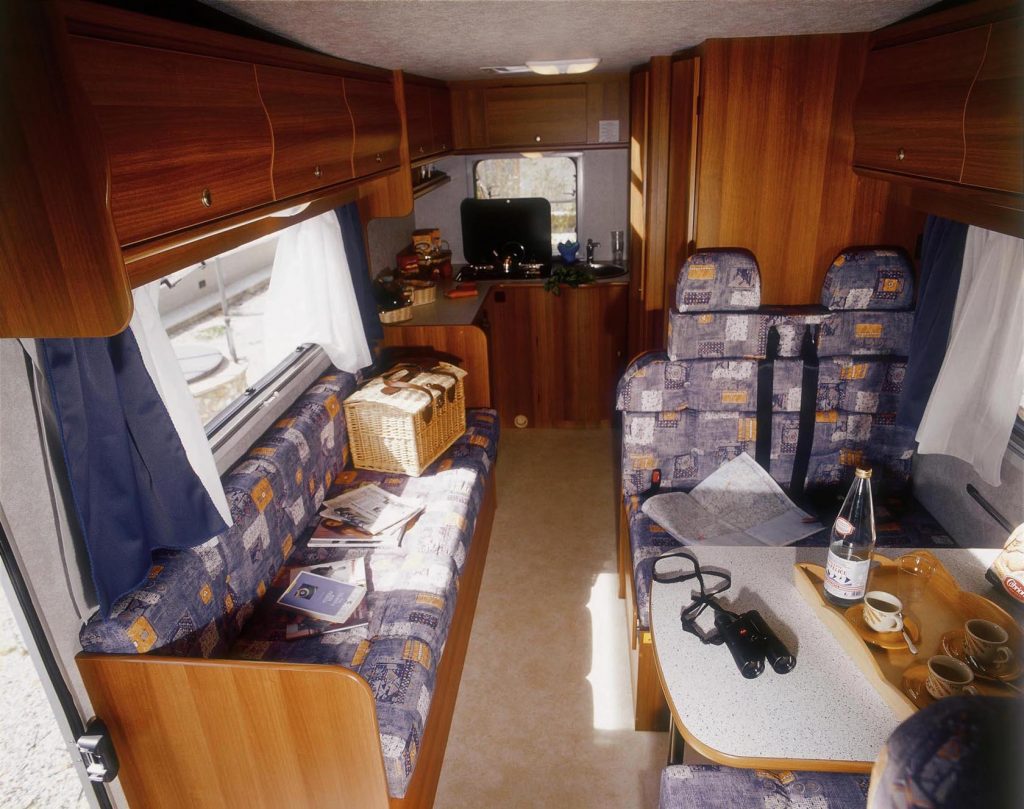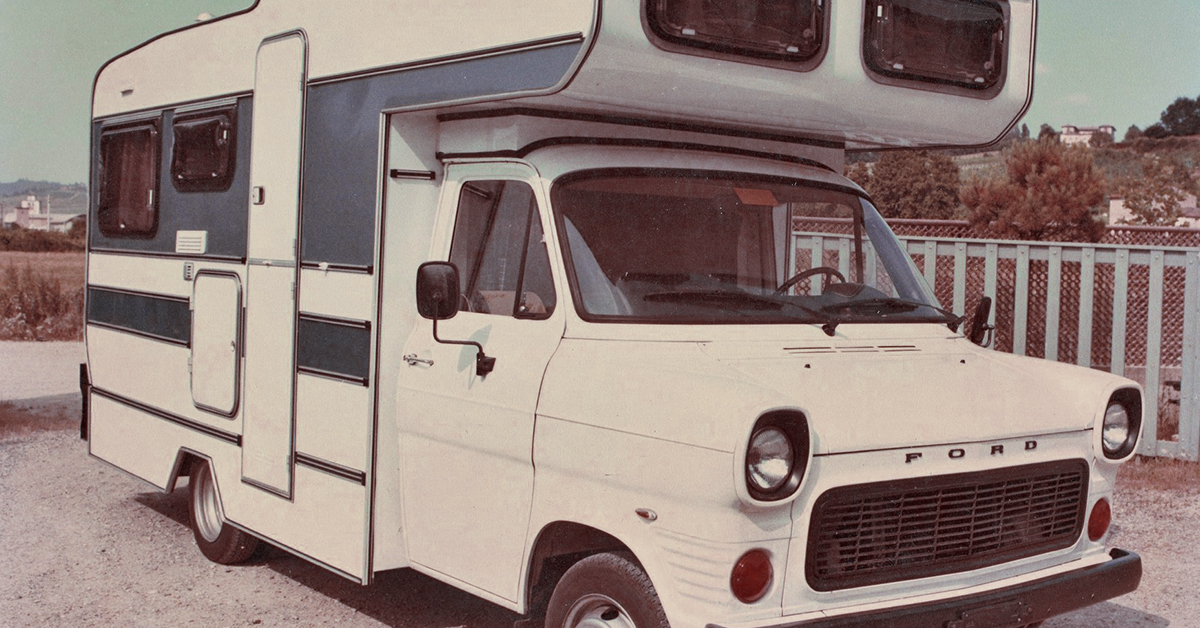
Let us introduce ourselves! A little bit of Rimor’s history…
We have so many stories to tell you. Over the next few articles, we would like to introduce you to our friends and colleagues at the blog, introduce you to the companies that contribute to life in your motorhome and tell you how we explore the world on four wheels. But first we wondered: how many of you have known us since the beginning? How many of you know the history of the Rimor brand, the models, the small and big events that have taken place over the years?
It’s a story that spans over 40 years, and it’s best to start at the beginning. After working for other companies in the sector, Luano Niccolai combined the experience he had acquired with his ingenuity and, confident that he could make his mark on product innovation, he set out in search of the mechanical units used in order to develop his first prototype. It was with the mechanical unit of a used Ford 130 with a burnt-out cabin that it all began: it is easy to imagine even today the painstaking restoration work he carried out at the time and the completely hand-crafted set-up, starting from scratch.
So it was that on 17 January 1978 Rimor was established, the result of the ingenuity and intuition of a practical and resourceful man.
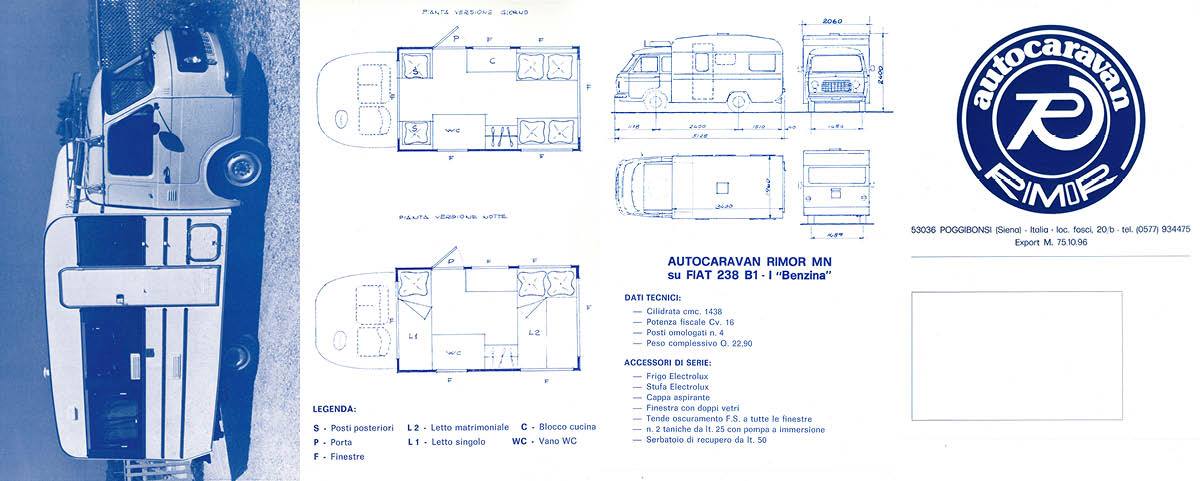
From that intuition came all of Rimor’s first models: the Ford Transit 100 petrol, the Ford Transit 130 diesel and the Fiat 238. The company is like a family, and Luano is one of those Italian entrepreneurs who made it on his own after much hard work, helped along by his great inventiveness. His intuition would reward him over the years.
In the 80s, in fact, Rimor would go on to produce motorhomes and caravans with some historical innovations. In 1981, the company introduced an important change in production, incorporating an entire side with a metal band and a subframe as a base. This last detail, which was exclusive to the company, brought about a major breakthrough in the sector, proving to be one of the main reasons for Rimor’s success on the market, since the possibility of fitting the living area onto an iron frame, which was then welded onto the chassis, enabled to speed up construction times and increase the stability and safety of the entire structure.

The early ’80s are also the years of increase in staff and production capacity… and they are also the years of our first exports. The first Rimor vehicles began to be seen on European roads, all the way to Belgium and Finland. The first iconic models were introduced: the Koala, launched between ’81 and ’82 as an update of the Ford 130. Then it was Puma’s turn, an overcab with Ducato and Peugeot engines; the Daytona, the first Rimor motorhome that had great success; the Più, a low-profile model produced both on Ford Transit and Fiat Ducato mechanical units; the Boxer, on Iveco mechanical units; also the mythical Katamarano on Ford mechanical units and Biric, produced on Ford and Renault mechanical units.
The market became increasingly global. The ’90s represent the push for expansion abroad, in Germany, France, and Spain, but also overseas, in Cuba, China, Japan and Australia. During these years, Rimor’s flagship model came to life: the Super Brig, the historic range, which started out as an overcab and is now also available in a low profile version. In the ’90s, the Kayak, Kivi, Korsaro, Europeo and many others were also launched.

These are also the years of the development of our first camper vans. At the Radicofani (SI) plant, models such as the Mouving on Ford units, the Zippy on Fiat and today’s Horus, which is now produced at the new plant in Acquapendente (VT) dedicated to camper vans. A model that can no longer be ignored within the recreational vehicle sector, as it is the fastest growing segment.

The ’00s and later were those of full production capacity. In 2006 a peak of 4,700 vehicles produced in a year was reached. In 2015 there was then the entry into the Trigano Group, European leader in the production and marketing of recreational vehicles, which today runs the company together with the Niccolai family. Rimor is now a well-known brand all over Europe, with motorhomes and camper vans dedicated to every need: from families to sportsmen and women, up to the retired who never stop loving adventure. The company now has over 200 people working, with the passion and craftsmanship that distinguish Made in Italy, at the central plant in Poggibonsi (SI), and at the camper van plant in Acquapendente (VT), producing over 3000 vehicles per year.
One big united family, which still continues to write the history of Rimor.
